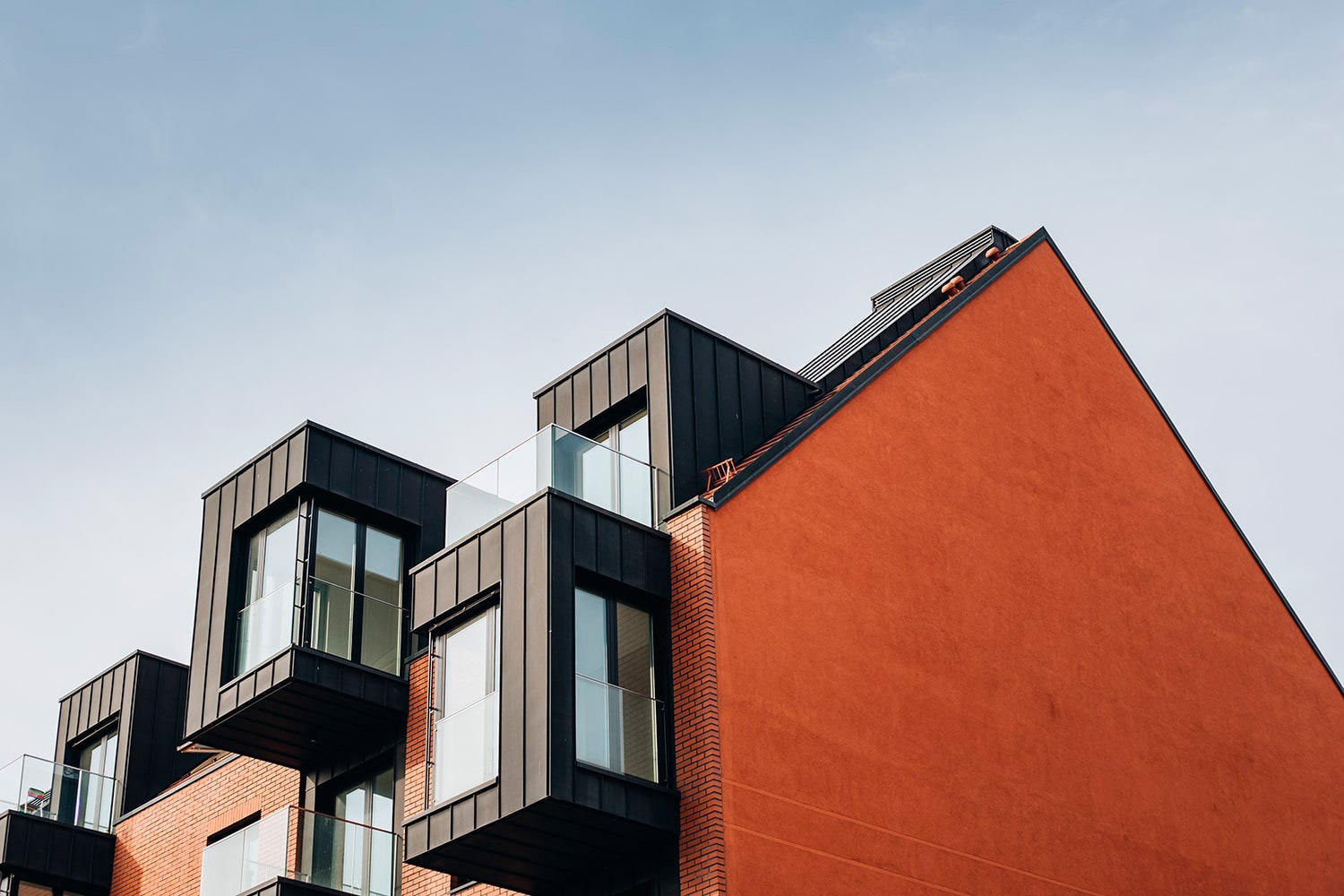As architectural design continues to evolve, new trends are emerging that reflect the changing needs and priorities of homeowners and businesses alike. In 2024, modern architecture is defined by sustainability, functionality, and seamless integration of technology. Whether you’re planning a new construction or considering renovations, understanding these trends can help you create a space that is both timeless and innovative.
Sustainable and Eco-Friendly Design
Sustainability is at the forefront of modern architecture in 2024. With growing awareness of environmental issues, clients are seeking eco-friendly designs that minimize energy consumption and carbon footprint. Green architecture emphasizes the use of sustainable materials, energy-efficient systems, and environmentally responsible construction practices.
Incorporating features like solar panels, green roofs, and rainwater harvesting systems can significantly reduce a building’s environmental impact. In addition, energy-efficient windows, proper insulation, and passive solar design techniques contribute to long-term savings on energy costs while promoting sustainability.
Minimalism and Open Spaces
Minimalism remains a dominant trend in modern architecture. Clean lines, open floor plans, and the elimination of unnecessary details create a sense of simplicity and spaciousness. Minimalist design promotes functional living spaces that enhance comfort and flow while maintaining aesthetic appeal.
For potential clients, open layouts can maximize space, allowing natural light to flow freely throughout the building. Large windows, neutral color palettes, and uncluttered spaces not only make interiors feel larger but also improve energy efficiency by reducing the need for artificial lighting.
Smart Homes and Technology Integration
Technology integration has become a cornerstone of modern architecture, particularly with the rise of smart home systems. Today’s clients demand seamless control over lighting, climate, security, and entertainment systems from their smartphones or voice-activated devices.
Smart architecture involves the integration of automated systems that enhance comfort, security, and energy efficiency. Features such as smart thermostats, automated lighting, and security systems that can be controlled remotely are becoming increasingly popular in both residential and commercial projects. These innovations not only enhance convenience but also increase the long-term value of the property.
Prefabrication and Modular Construction
Prefabrication and modular construction are growing in popularity due to their efficiency and cost-effectiveness. This modern construction method involves fabricating building components off-site and assembling them on location, which significantly reduces construction time and waste.
For clients, prefabricated structures offer faster turnaround times, lower labor costs, and more sustainable building processes. Whether for residential homes or commercial properties, modular construction provides flexibility in design while maintaining high-quality standards.
Natural Materials and Biophilic Design
In 2024, there is a renewed focus on incorporating natural materials into architectural designs. Wood, stone, and other organic materials are being used to create buildings that feel more connected to nature. This approach, known as biophilic design, enhances occupants’ well-being by integrating natural elements into indoor environments.
Natural materials not only provide aesthetic warmth but also contribute to sustainability. Clients are increasingly opting for materials like reclaimed wood, bamboo, and natural stone to create eco-conscious spaces that blend seamlessly with their surroundings.
Conclusion
For clients looking to invest in modern architecture, these five trends—sustainability, minimalism, smart technology, prefabrication, and natural materials—are shaping the future of the industry. By incorporating these elements into your project, you can create a space that is not only beautiful and functional but also aligned with modern standards of environmental responsibility and innovation.

